Mua sách Kinh Tế Học Cấm Đoán – Fahasa ở đâu uy tín, tránh sách giả?
95.000 ₫
- Tên sản phẩm: Kinh Tế Học Cấm Đoán
- Chủ đề chính: Phân tích tác động tiêu cực của việc cấm đoán rượu và ma túy trong xã hội.
- Lập luận: Các biện pháp cấm đoán có thể phản tác dụng, gây ra tội phạm và tham nhũng gia tăng.
- Nội dung sách: Bao gồm các chương về kinh tế học, nguồn gốc và lý thuyết cấm đoán, cùng hiệu lực của ma túy bất hợp pháp.
- Yêu cầu đọc: Đọc cẩn trọng, đa chiều, và cởi mở để hiểu sâu sắc hơn về các vấn đề xã hội.
- Thông tin phát hành: Công ty Thái Hà, xuất bản ngày 23 tháng 11 năm 2016.
- Kích thước: 15.5 x 24 cm, 328 trang, bìa mềm.
- Phương thức giao hàng: Nhà bán giao hàng cho khách hàng.
Kinh Tế Học Cấm Đoán – Fahasa chọn nơi mua tốt nhất
Bạn đang tìm mua cuốn Kinh Tế Học Cấm Đoán – Fahasa mà chưa biết nên chọn nơi bán nào uy tín? Với sự phát triển của các website bán sách trực tuyến như Fahasa, Vinabook, Shopee, Tiki, người mua có rất nhiều lựa chọn, nhưng mức giá lại có sự chênh lệch đáng kể giữa các nền tảng.
Bài viết này sẽ giúp bạn tổng hợp giá sách chi tiết từ các nhà cung cấp lớn, đánh giá chất lượng dịch vụ và chia sẻ mẹo mua sách giá rẻ để lựa chọn được nơi mua phù hợp nhất với bạn.
Trước hết, hãy khảo sát Kinh Tế Học Cấm Đoán – Fahasa có gì đặc biệt và xem ngay top 3 bán tốt nhất bên dưới.
Kinh Tế Học Cấm Đoán - Fahasa: 3 nơi bán tốt nhất
Mua Kinh Tế Học Cấm Đoán tại Nhà sách Fahasa
Cuốn sách Kinh Tế Học Cấm Đoán mang đến cho bạn một cái nhìn sâu sắc về những vấn đề cấm đoán trong xã hội, từ rượu cho đến ma túy. Những chất gây nghiện này không chỉ gây hại cho cơ thể con người mà còn tạo ra những hệ lụy nghiêm trọng về xã hội như buôn lậu, tham nhũng và ảnh hưởng đến thế hệ mai sau. Cuốn sách đặt ra câu hỏi thú vị: Tại sao những biện pháp cấm đoán mạnh mẽ của chính phủ lại không thể tiêu diệt hoàn toàn các chất cấm này? Thống kê cho thấy sự gia tăng tội phạm liên quan đến rượu sau khi Mỹ ban hành Luật cấm rượu, điều này khiến chúng ta phải suy nghĩ lại về hiệu quả của các quy định cấm đoán.
Kinh Tế Học Cấm Đoán không chỉ đơn thuần là một cuốn sách lý thuyết, mà còn là một cuộc tranh luận lớn về cách tiếp cận vấn đề cấm đoán. Tác giả chỉ ra rằng, những biện pháp cấm đoán mà xã hội cho là hợp lý thực chất thường không có tác dụng, thậm chí còn gây ra những hậu quả tồi tệ hơn. Cuốn sách khuyến khích độc giả nhìn nhận vấn đề một cách cởi mở, từ đó có thể tìm kiếm những giải pháp hiệu quả hơn thay vì chỉ dừng lại ở việc cấm đoán.
Nội dung cuốn sách được chia thành bốn chương rõ ràng, mỗi chương đều mang đến những phân tích sâu sắc về các khía cạnh khác nhau của vấn đề cấm đoán: từ nguồn gốc, lý thuyết cho đến hiệu lực của các loại ma túy bất hợp pháp. Đây là một tài liệu cần thiết cho những ai muốn hiểu sâu hơn về kinh tế học và những vấn đề xã hội phức tạp xung quanh nó.
Hãy đến Nhà sách Fahasa để sở hữu ngay cuốn sách Kinh Tế Học Cấm Đoán và mở rộng tầm nhìn của bạn về những vấn đề cấm đoán trong xã hội hiện đại!
So sánh giá Kinh Tế Học Cấm Đoán – Fahasa từ nhiều nơi bán
Dưới đây là bảng giá mới nhất của Kinh Tế Học Cấm Đoán – Fahasa từ các nền tảng bán sách phổ biến:

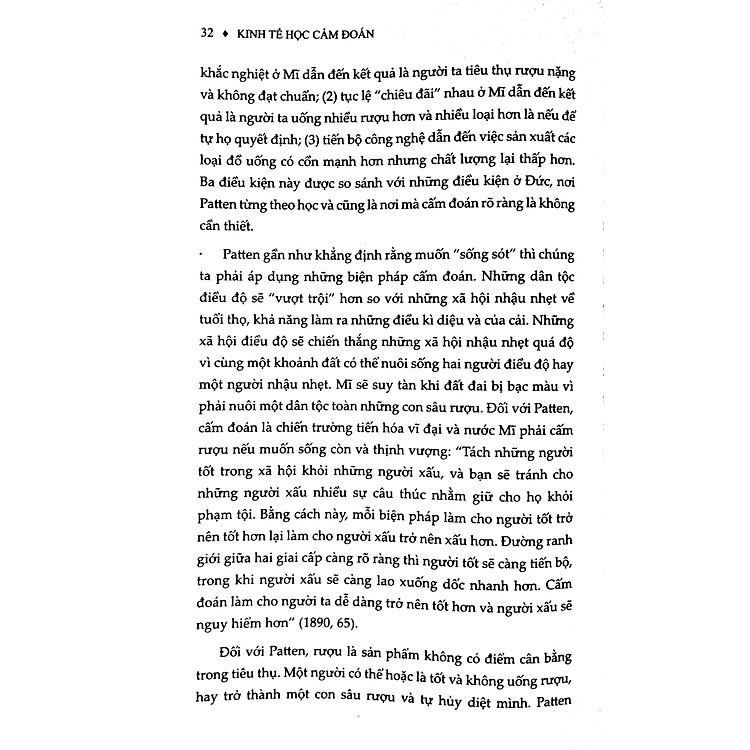




















Kinh Tế Học Cấm Đoán – Fahasa: lịch sử thay đổi giá
📌 Nhận xét nhanh: Nếu bạn muốn mua Kinh Tế Học Cấm Đoán – Fahasa rẻ nhất, Shopee, Lazada là lựa chọn tốt nhất. Tuy nhiên, nếu cần giao hàng nhanh và đảm bảo chất lượng sách, Tiki hoặc Newshop, AlphaBooks … sẽ đáng cân nhắc hơn.
Đánh giá chi tiết từng nơi bán
📌Mua tại các nhà sách Newshop, Fahasa, Vinabook…






- Ưu điểm: Chuyên sách chính hãng, nhiều chương trình khuyến mãi cho thành viên.
- Nhược điểm: Giao hàng lâu hơn so với các nền tảng khác.
- ⬇️ ⬇️ Link mua bên dưới ⬇️ ⬇️
📌Mua tại các sàn TMĐT Shopee, Lazada
- Ưu điểm: Giá rẻ nhất, nhiều coupon giảm giá.
- Nhược điểm: Phải chọn nhà bán hàng uy tín để tránh mua nhầm sách giả.
- ⬇️ ⬇️ Link mua tại Shopee, Lazada bên dưới ⬇️ ⬇️






📌 Mua tại nhà sách Tiki
- Ưu điểm: Giao hàng nhanh, sách đóng gói cẩn thận, chuyên sách chính hãng.
- Nhược điểm: Giá cao hơn Shopee một chút nhưng bù lại chất lượng đảm bảo.
- ⬇️ ⬇️ Link mua bên dưới ⬇️ ⬇️



Cách săn Kinh Tế Học Cấm Đoán – Fahasa giá rẻ & mã giảm giá mới nhất
Để tiết kiệm hơn khi mua sách, bạn có thể áp dụng các cách sau:
- Canh sale lớn: Các đợt giảm giá lớn như 9.9, 10.10, 11.11, Black Friday là thời điểm tốt nhất để mua sách giá rẻ.
- Sử dụng mã giảm giá: Kiểm tra các voucher của Shopee, Tiki, Fahasa trước khi đặt hàng.
- Mua theo combo: Một số nhà bán hàng có chương trình giảm giá khi mua theo bộ.
- Tham khảo trang mã giảm giá sách của chúng tôi để tìm ưu đãi mới nhất
👉 Tóm lại, nếu bạn muốn mua sách rẻ nhất thì Shopee là lựa chọn tốt, trong khi Tiki & Fahasa sẽ phù hợp nếu bạn muốn đảm bảo chất lượng sách. Hãy chọn nơi bán phù hợp nhất với nhu cầu của bạn!
Specification: Mua sách Kinh Tế Học Cấm Đoán – Fahasa ở đâu uy tín, tránh sách giả?
|
2 reviews for Mua sách Kinh Tế Học Cấm Đoán – Fahasa ở đâu uy tín, tránh sách giả?
Add a review


95.000 ₫




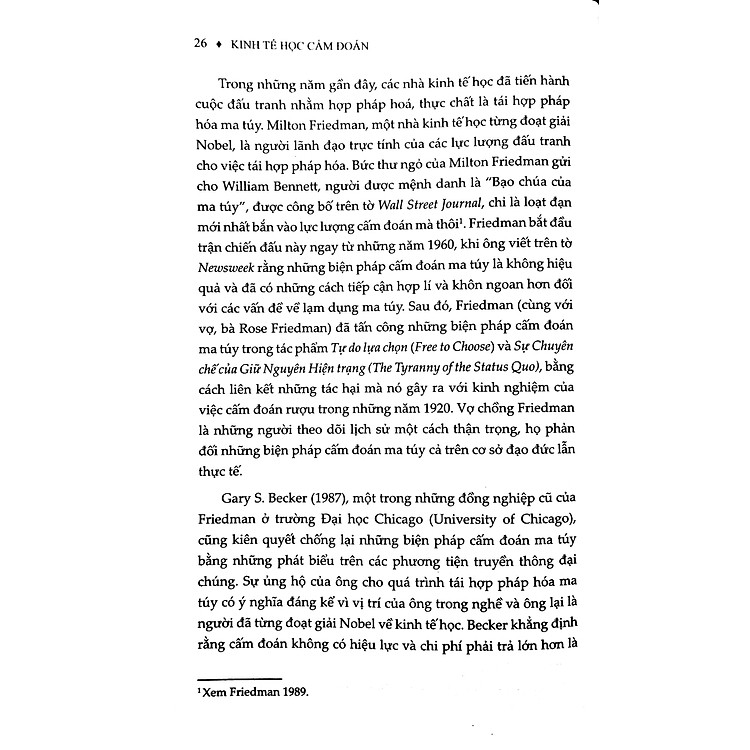

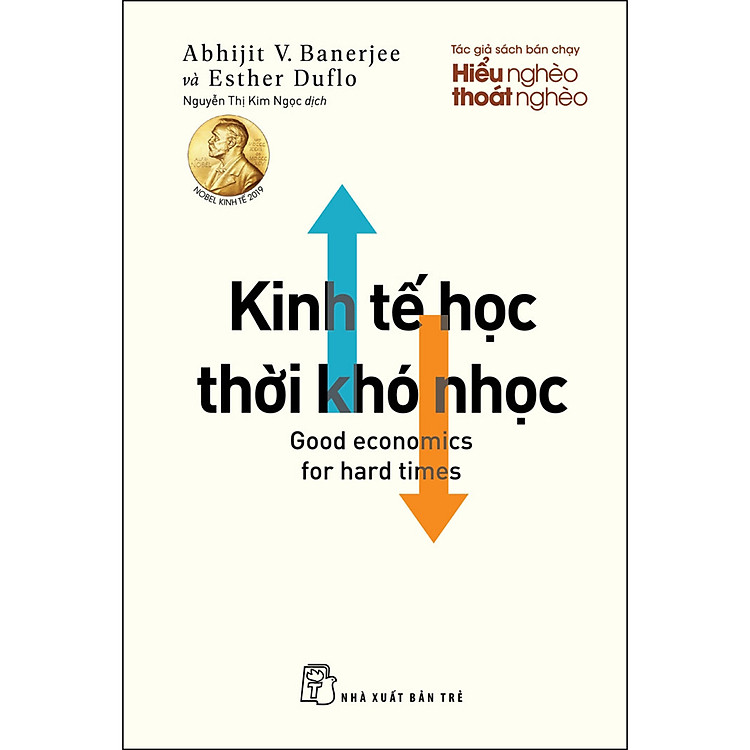
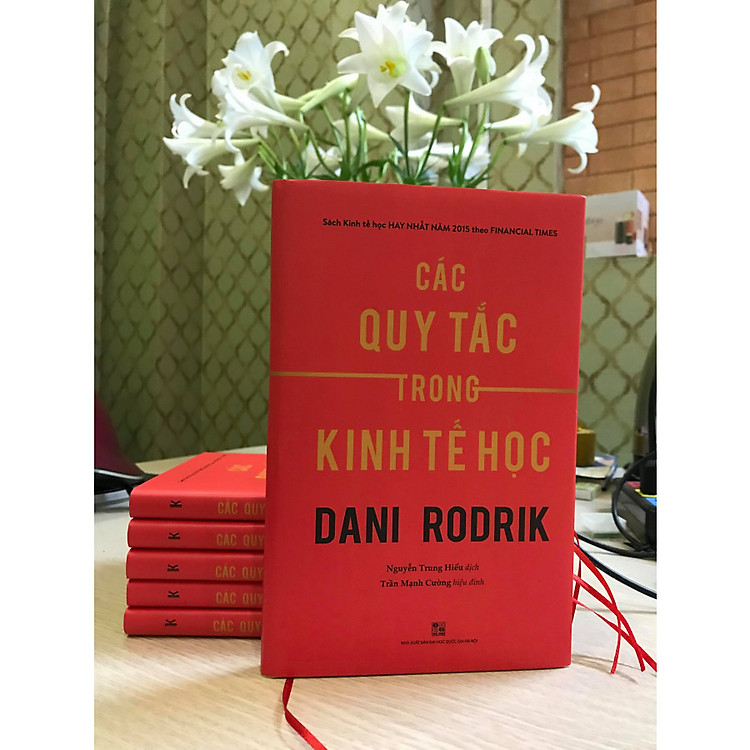

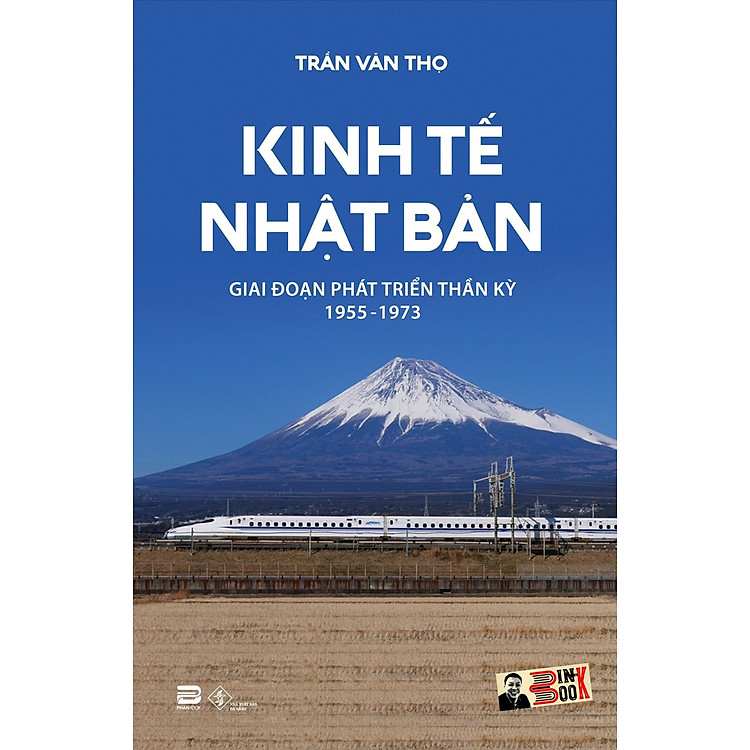


Phú Ngô Thuận –
Đang cố gắng đọc để thẩm thấu hết ý nghĩa cuốn sách. Cuốn sách này cung cấp cho người đọc một cái nhìn mới về các chính sách cấm đoán rượu, ***… Các chính sách cấm đoán trên thực tế gây ra những tác dụng ngược và không phù hợp với quá trình khám phá của thị trường.
Tuy nhiên, văn phong cuốn sách được dịch theo cú pháp của tiếng Anh nên chưa thể tường minh ý đồ của câu chữ. Cuốn sách rất khô khan và khó hiểu.
Khuyên mọi người không phải chuyên ngành kinh tế học thì không nên đọc vì rất muốn bỏ dở cuốn sách nửa chừng!
Nguyễn Trụ –
Ngay từ những trang đầu đã có 1 câu nói đại ý là những chính sách thành công ở quốc gia này không chắc chắn thành công ở quốc gia khác. Và cả cuốn sách cũng chỉ lặp lại những câu chuyện lịch sử sáo rỗng diễn ra tại Mĩ. Tác giả lại là 1 kinh tế gia theo trường phái Áo, trường phái mà không có mấy ai thực sự áp dụng. Cuốn sách không có tính phổ quát về bất kì khái niệm kinh tế nào cả, kinh tế học chính thống đã là quá khứ, kinh tế học hành vi đang dần được thay thế bởi kinh tế học dị biệt tập trung vào yếu tố văn hoá lịch sử để phân tích. Ngoài ra, dịch giả và biên tập viên mắc kha khá lỗi trình bày, lặp từ, dư chữ làm cho một số câu văn khó hiểu.
Trần Ngô Thế Nhân –
một quyển sách lý thú, hấp dẫn, lôi cuốn và làm sáng tỏ vấn đề một cách thuyết phục.
Trần Vinh Hiển –
Mình mua vì review trên *** giới thiệu sách. Thực sự nội dung quá dàn trải và lan man.
Đặng Việt Hòa –
sách bị ẩm phần gáy nên nhìn rất cũ. tôi không hài lòng về chất lượng bên ngoài
NGUYEN MINH THANH –
Ngoài những gì chúng ta nghe và biết về các lý thuyết kinh tế phổ biến, thì kinh tế học cấm đoán sẽ cho ta thấy ngành nghề, và hìn thức giới hạn trong nền kinh tế
Tấn Nam –
Tốt
khánh trần –
sách hay